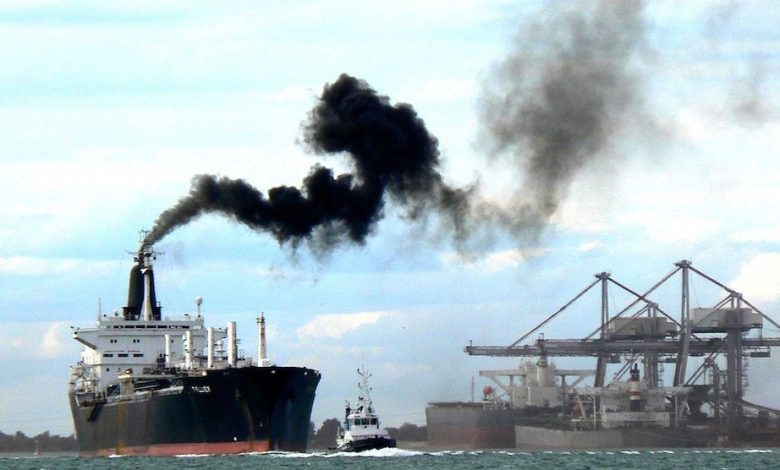Route to compliance with EU emissions regulation

Tobias Konik from First Choice Carbon provides insights into the new European Regulation on carbon emissions from ships and gives practical tips.
The EU Regulation on the monitoring, reporting and verification (MRV) of carbon emissions from ships has come into effect today. From 2018 onwards, operators of vessels above 5,000 gt will be required to monitor and report on their carbon emissions and other relevant information for all voyages to, from or between EU ports, but also while at berth within EU ports. Let’s dive deeper into what shipowners and managers must know to be better prepared for the new regulation.
Regulation 2015/757 includes all ships above 5,000 gt that transport cargo or passengers for commercial purposes. Exempt are ships not calling at a European port or any of the following ships: warships, naval auxiliaries, fish-catching or fish-processing ships, wooden ships of a primitive build, ships not propelled by mechanical means and government ships used for non-commercial purposes.
August 31 2017 marks the first deadline on the route to compliance. It is the date by which ship operators must submit a monitoring plan for each qualifying ship to an accredited verifier for approval. The monitoring plan describes the methods chosen to monitor and report carbon emissions and other relevant information, such as time spent at sea or transport work. The verifier will only issue a positive verification opinion if the monitoring plan meets all legal requirements.
The first annual monitoring period starts on January 1 2018. Throughout the year, operators will be required to keep track of carbon emissions and other relevant information by following the procedures described in the approved monitoring plan. As soon as the year is over, they will gather all relevant information pertaining to 2018 and, for each qualifying ship, compile an emissions report. This report must not only include aggregated figures but also provide information on a per-voyage basis for the entire year. Once again, they will need to get in touch with a verifier who will check the accuracy and completeness of the data provided. The verification also looks for non-conformities between existing procedures and those described in the approved monitoring plan. If the verification is successful, operators will be able to submit to the EU Commission and flag state a verified emissions report for each ship under their responsibility. This task needs to be completed by April 30 2019 at the latest.
As the last step, the verifier will issue a document of compliance that demonstrates compliance with the obligations for monitoring, reporting and verification. Operators have until 30 June 2019 to carry on board a valid document of compliance. It is valid for a period of 18 months after the end of the annual monitoring period.
Delays in submission of either monitoring plan or verified emissions report is something which is better to be avoided. This seems to be obvious but delays can add up quickly and put the entire project at risk. Operators should be aware that EU member states will set up a system of penalties that, according to the regulation, must be effective, proportionate and dissuasive.
The drafting of a monitoring plan is another critical moment. Making mistakes at this stage of the compliance process will only become visible further down the road. Operators should make sure that the monitoring plan does not only align with the regulation but also with all the procedures actually implemented during the monitoring period. Otherwise, the verification of the annual emissions report will flag all discrepancies and, depending on the nature of the problem, the verifier might require a modification of the monitoring plan at additional costs. Especially operators of bigger fleets should avoid any mistakes because they may need to modify the monitoring plan and go through the verification again for every single ship under their control. Shipowners and managers are therefore recommended to start the preparation of the monitoring plan as early as possible in order to familiarise with the rules and, most important, to avoid costly mistakes.
